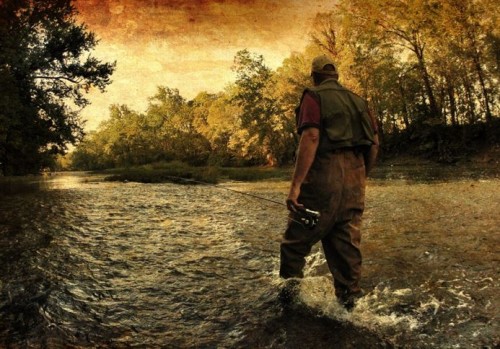The Importance Of A Pocket Chainsaw For Survival
The pocket saw, and it’s basically a chain similar to that of a chainsaw, but it has 2 handles attached at each end. This gadget will require a lot more effort from your part in cutting wood, as you’ll need to become the engine that drives the chain; but it’s the best option you got.


